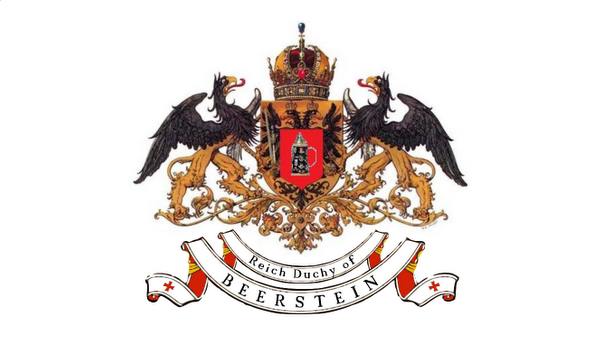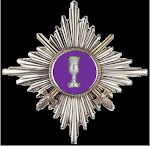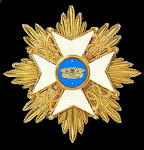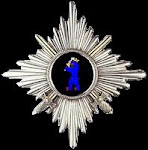
The bride, Lady Louise von Pilsner, arrives at St. Pauli church to wed Prince Wilhelm II von Beerstein. All of the painting of the great event were provided by Alan Tidmarsh of Dorset: UK, affectionately known as Tidders. Well done sir!

The great moment was presided over by the Arch Bishop of Beerstein himself.

At the precise moment, the Leib Battery fires a twenty one gun salute from the Fortress of Kronenberg.

The Royal Wedding Carriage is escorted back to the palace by Prince Wilhelm's own Pilsner Horse grenadiers, sporting their red ceremonial uniforms.

The Royal Wedding Carriage arrives at the Palace to be greeted by Reich Duke Wilhelm and Duchess Lynda. Security is provided by the Beerstein Honorable Pensioners, our senior infantry battalion.

The happy couple dance their first dance to the delight of court and honored guests. In honor of the magnificent painting of the Royal Wedding, Reich Duke Wilhelm as invested Tidders into the Ancient and Honorable Order of the Tankard.
 Austrian Heavy Cavalry and Infantry form the left flank of the army.
Austrian Heavy Cavalry and Infantry form the left flank of the army. The right flanks consists of another Heavy Battery, Hungarian Line, and Grenzers. The Battle Plan is to advance the cavalry, refuse the left flank, and attack in the center and on the right flank.
The right flanks consists of another Heavy Battery, Hungarian Line, and Grenzers. The Battle Plan is to advance the cavalry, refuse the left flank, and attack in the center and on the right flank. The Austrian Cavalry advanced as planned, but at an irregular pace. The Prussian Cuirassier took advantage of the Austrians disarray and pounced on the Dragoons.
The Austrian Cavalry advanced as planned, but at an irregular pace. The Prussian Cuirassier took advantage of the Austrians disarray and pounced on the Dragoons. After several charges and counter-charges, the Austrians were pushed back with heavy losses.
After several charges and counter-charges, the Austrians were pushed back with heavy losses. The Austrian left flank were forced to rotate to the left to avoid being rolled up by the victorious Prussian Cuirassiers.
The Austrian left flank were forced to rotate to the left to avoid being rolled up by the victorious Prussian Cuirassiers. In the center, the Austrian Grenadiers and Saxons steadily marched toward the Prussian Infantry who had taken refuge behind a small hill to avoid an artillery bombardment.
In the center, the Austrian Grenadiers and Saxons steadily marched toward the Prussian Infantry who had taken refuge behind a small hill to avoid an artillery bombardment. On the right flank the artillery continually bombarded the village on Badberg, while the Hungarians and Grenzers slowly advanced.
On the right flank the artillery continually bombarded the village on Badberg, while the Hungarians and Grenzers slowly advanced. A final assault by the Prussian Cuirassier put the Austrian Hussars and Dragoons to flight. Unfortunately, the Cuirassiers were blown and unable to advance or retreat. This provided the Austrian infantry a chance to fire devastating volleys into the hapless Cuirassiers forcing them to retire from the battle.
A final assault by the Prussian Cuirassier put the Austrian Hussars and Dragoons to flight. Unfortunately, the Cuirassiers were blown and unable to advance or retreat. This provided the Austrian infantry a chance to fire devastating volleys into the hapless Cuirassiers forcing them to retire from the battle. In the center, the Austrian Grenadiers were able to destroy two Prussian Infantry units, while the Saxons were able to out shoot their Prussian counterparts.
In the center, the Austrian Grenadiers were able to destroy two Prussian Infantry units, while the Saxons were able to out shoot their Prussian counterparts.




























